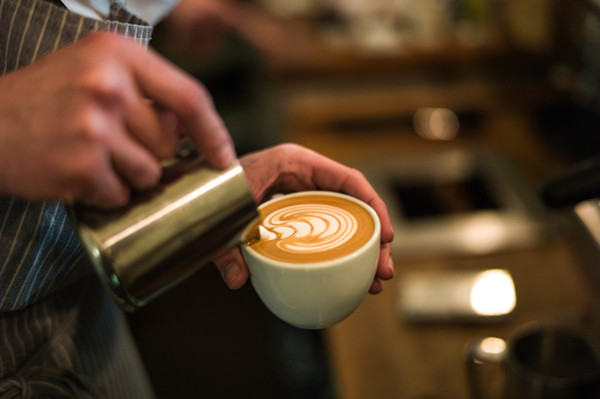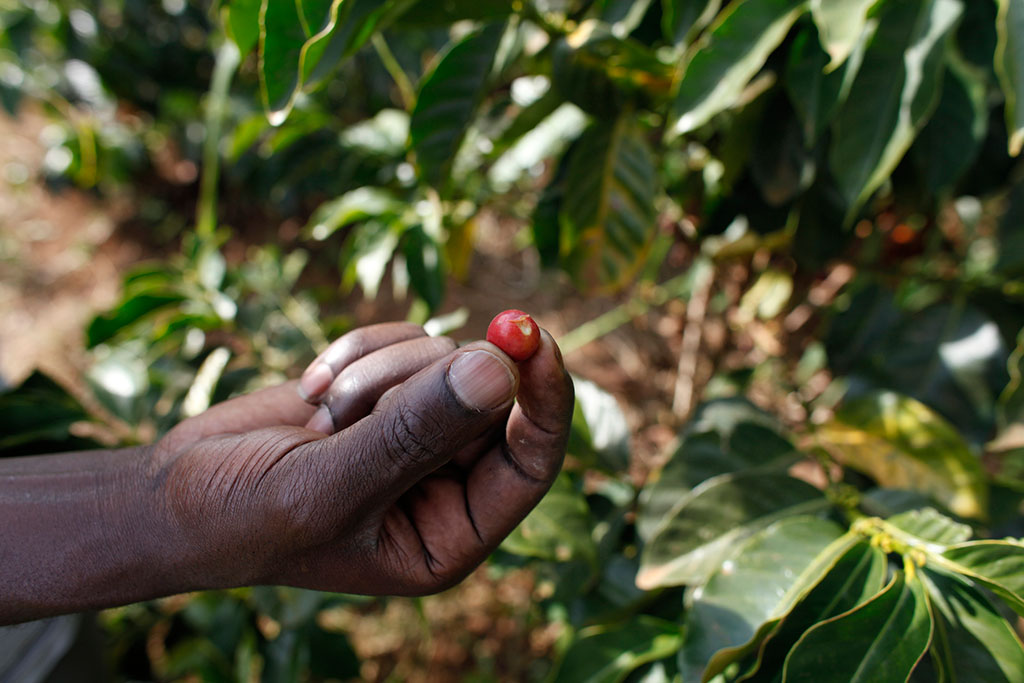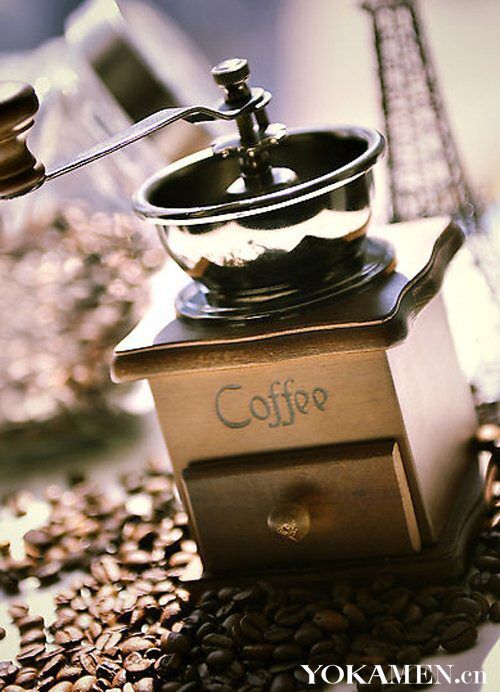How much do you need to foam? The difference between a latte and a cappuccino? How much milk foam do you need?
Latte is Italian concentrated, milk, with foam. So is the cappuccino. So what's the difference? It's very simple, it's the difference between milk and foam. But the difference between milk and foam may bring about a bigger difference in taste than we like.
Latte has something to do with milk from the origin of the name. It is true that lattes have less foam than cappuccinos. In fact, there is an overlap between cappuccino and latte. Because when the cappuccino is only 1cm thick according to international standards, we can actually call it a latte. Therefore, lattes and cappuccinos are relative. Therefore, we will have a less layer of foam in exchange for more milk. This more or less reflects the eating habits of Americans, because lattes are also used to drinking in the morning.
At this point, you might as well compare cappuccino, Wet cappuccino and latte side by side to give a brief description of the taste.
In the United States, cappuccino cups are generally smaller than lattes. In Australia, the size of a latte cup is basically the same as that of a cappuccino, but the cup is different. We can assume that the capacity is the same, and temporarily use the Australian glass version, because it is more intuitive and easy to understand.
If they are all 200ml cups, if the latte has less foam, there will be more hot milk. There are several sensory differences here.
1. Visually: if it is very thick foam, pulling flowers is a problem. Because at this time the milk foam poured out will come out in piles, unable to achieve delicacy. When we use traditional cappuccino foam, if we pull flowers and leaves, we often get fish bones. This may explain why cappuccinos tend to be Wet cappuccino, and in WBC competitions, even cappuccinos, few people pull leaves nowadays, often tulips, because tulips focus on symmetry rather than distinct stems and leaves.
two。 Texture: if you draw a line, on the far left is the cappuccino bubble of the American coffee shop chain, and on the right is pure milk. Then whether it is the degree of fusion or smoothness, the left side will feel the roughest, or there will be a sense of graininess, and the rightmost is the smoothest. But it's important to note that having a little graininess is not necessarily a bad thing, just as we describe espresso, or tangy of red wine, as a feature of style. But no matter what, things will go to extremes.
3. Taste: draw another line, the leftmost is coffee, and the rightmost is milk. Because milk foam is the product of the expansion of protein in milk when air enters it. The density of milk is higher than foam. Therefore, the more foam, the taste of coffee will be more obvious, on the contrary, the taste of milk is very strong. In fact, it has something to do with the coffee itself and the proportion of milk foam. I've seen people say that if you want coffee, don't order a latte. There is something wrong with this sentence. Because, relatively speaking, the latte will definitely be more milky, but it is not necessarily just milky. In fact, in WBC's arena, the design of an Italian concentrate that makes a cappuccino delicious is often considered how mellow the Italian concentrate is and how much foam is used in the competition. Before the David Makin08 year competition, the last stop was trained at James Hoffman. James has repeatedly stressed that his cappuccino must be higher in foam because his beans are not very mellow and need to reduce the content of milk to highlight the taste of coffee. (that's why David used 160ml's tulip cup that year. The cup was small, the Italian concentrate was 25ml, and there was less milk.)

Source: Douban Zhang Tianshi
Important Notice :
前街咖啡 FrontStreet Coffee has moved to new addredd:
FrontStreet Coffee Address: 315,Donghua East Road,GuangZhou
Tel:020 38364473
- Prev

The Origin of Coffee name and the introduction of long History and Culture Coffee must be seen by beginners
The origin of the name of coffee begins with Ethiopian legend in the 5th century AD, when the sheep of the shepherd boy Kadi was so excited after eating a strange kind of red fruit that Kadi and his companions could not help but give it a try. I feel refreshed and tired out. This kind of red fruit has since become a part of the local food culture, and this red fruit is coffee.
- Next

Importance of Grinding degree of Coffee beans and Coffee Powder thickness of Coffee Powder Grinding
There are many ways to extract coffee, and the various utensils we use for extraction are of different grades. Many beginner enthusiasts like to spend most of their equipment budget on high-end coffee pots (such as siphon, French pressure, hand punch and filter cups, etc.), including expensive hario cradle sets. On the other hand, the bean grinder casually buys a very cheap hand mill or fake electricity.
Related
- What is the meaning of lactic acid fermentation with coffee bean treatment?
- How to judge the state of foam by sound?
- How does the latte pull out the unicorn pattern? Come to get for a little trick to improve the flower pull!
- Will flower pulling affect the taste of the latte?
- Do you know the history of coffee?
- The difference between honey treatment and sun washing what is raisin honey treatment?
- What kind of milk can a novice use to make coffee foam to keep the foam longer? The correct method and skills of milking tutorial sharing
- Why do washed coffee beans taste sour? Flavor characteristics of washed Coffee
- Introduction to the skill of how to practice the size and height of water injection around the circle of hand-brewed coffee
- How do beginners practice coffee flower drawing from scratch?

